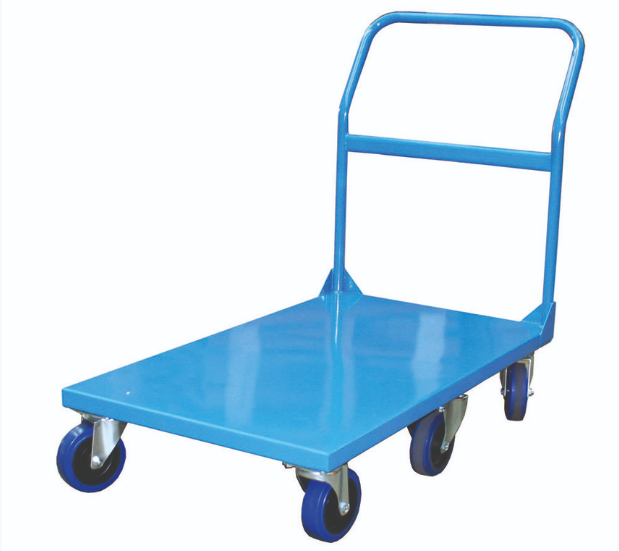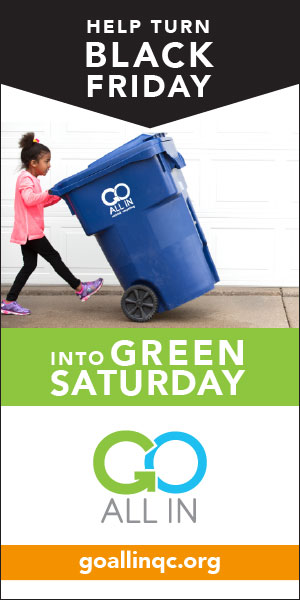The seller will pay more fees if they use FBA. FBA vendors are expected to provide speedy shipping and easy returns since Amazon take a customer-first approach. If you’re an Amazon FBA seller, your store must adhere to Amazon’s guidelines. FBA selling also necessitates a larger initial expenditure because you must pay for your product in advance. Another disadvantage of this inventory-free selling approach is that it’s difficult for particular companies to stand out, as many shoppers assume their products originated directly from Amazon. It is, however, possible to remove the Amazon emblem from the delivery box for a price. It is important to know about Sell Amazon No inventory.
In 5 Easy Steps, You Can Start Selling on Amazon Without Having Any Inventory:
If you haven’t already, become an Amazon professional seller. You have the option of using Amazon FBA or Amazon FBM (Fulfilled by Merchant).
- Select a product (or several products) to sell in your Amazon store.
- Choose a reputable supplier that will drop ship your products or send them to one of Amazon’s fulfillment centers (depending on which method you choose).
- Create an Amazon product listing(s). To help market your products, purchase UPC numbers and submit appropriate photos.
- Begin marketing your Amazon store to get customers to click on your listings and purchase your items.
So, if you want to generate money on an online platform like Amazon, you should know that there are a variety of ways to do so without having any inventory. While you won’t be keeping real goods, Amazon can help you sell a brand, tap into an existing one, or even expand on one you’ve previously established. Starting an online business is a long process, but if you’re organized and know what you’re doing, you’ll enjoy putting it all together.
Final thoughts
A commission is a percentage of your product profit that you pay Amazon in exchange for increased visibility. Storage, shipping, and delivery fees are all included in the fees. If you’ve calculated fees for a few of your products, you’ve likely discovered that products with higher profit margins are most suited for selling through FBA. Keeping in mind the frequent fee revisions, you may want to keep your product mix fairly dynamic—be prepared to pull out any product that appears to be resting in Amazon’s warehouse without being sold. A solid return arrangement with your manufacturer can help in this situation. Clothing and toys, for example, typically have very large margins.
Then there’s the matter of selling against other people. In most cases, various merchants charge different prices for the same item. While you can get away with a somewhat higher pricing as an FBA seller than a third-party seller, NEVER overprice your product. Taking a look at competitor prices and matching the price of the highest rated seller can be beneficial. Remember that in some circumstances where Amazon is the seller, you should never price your product lower than Amazon’s pricing in an attempt to undercut them.







